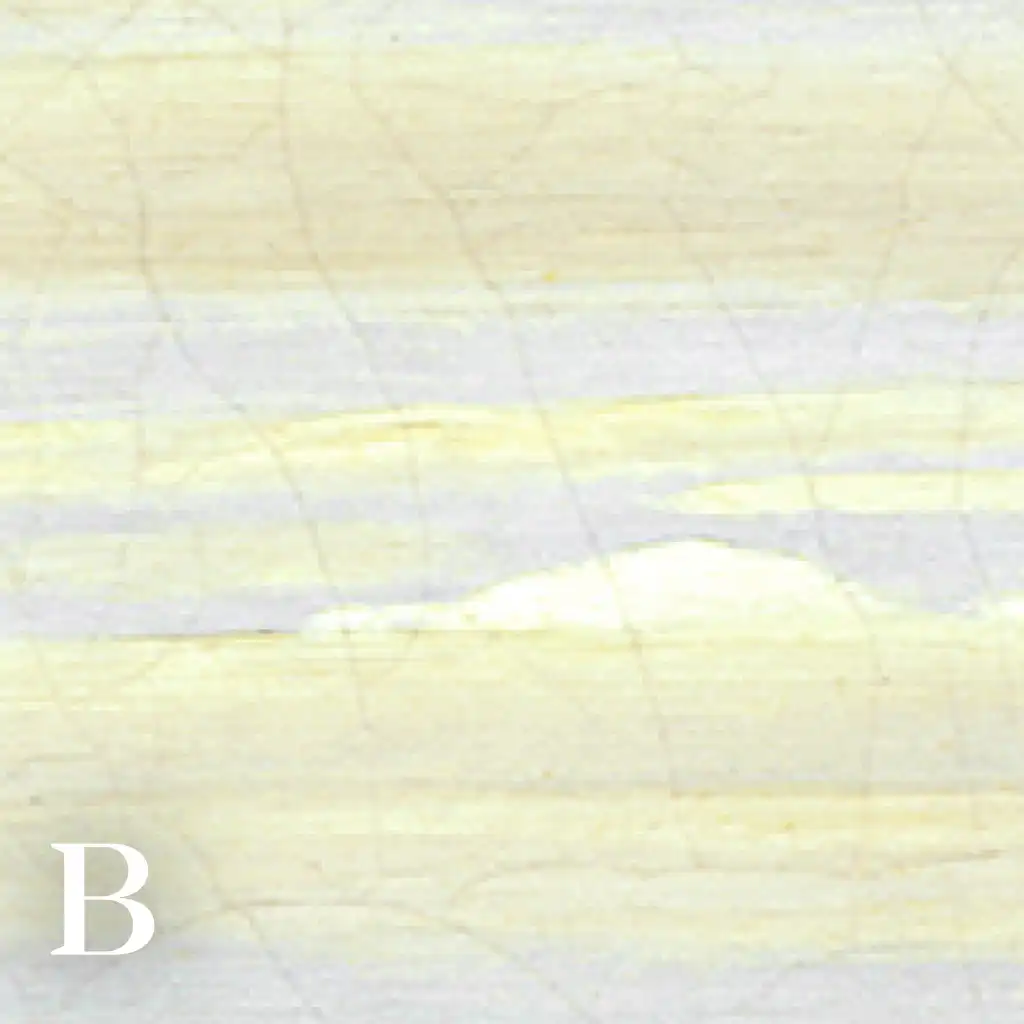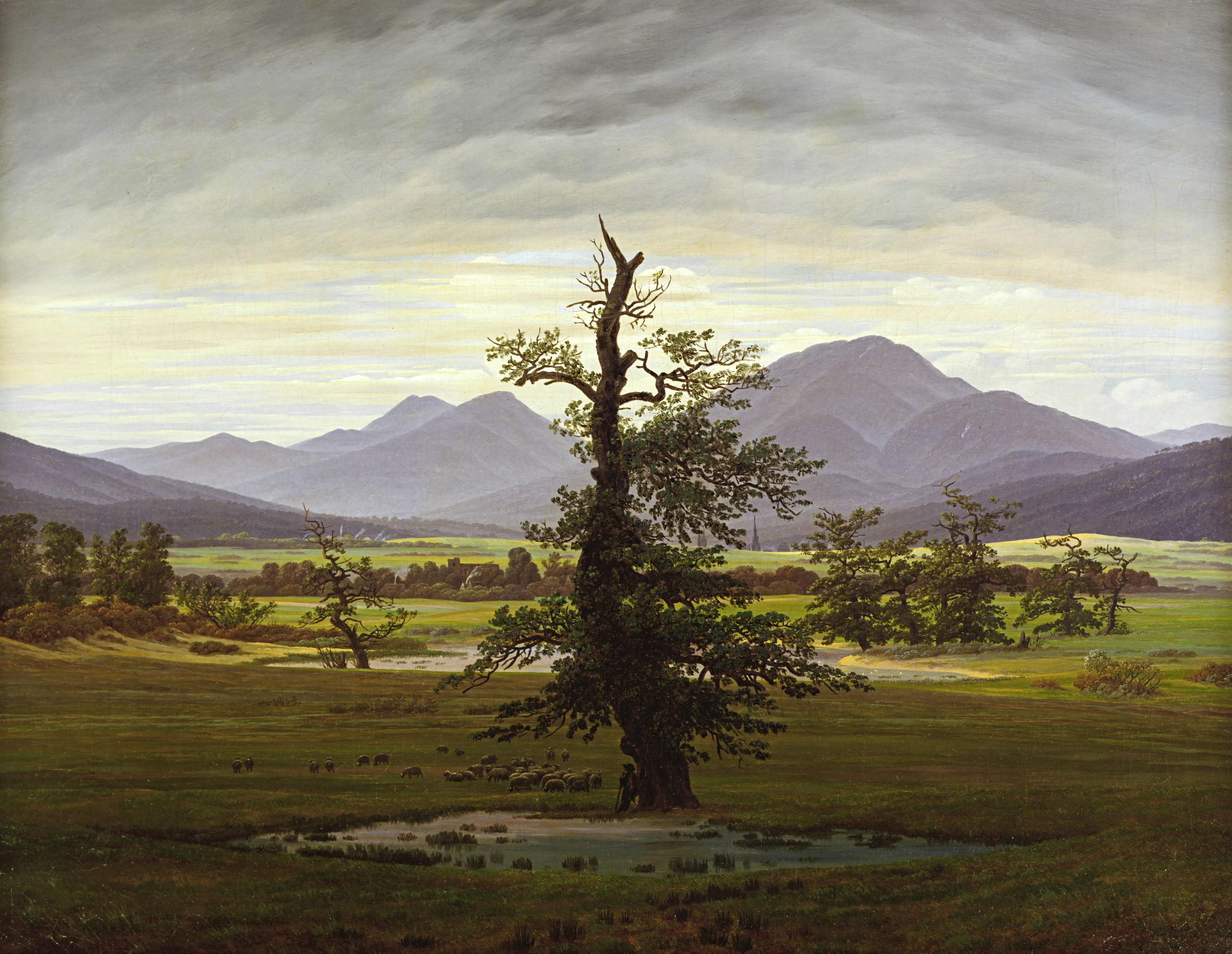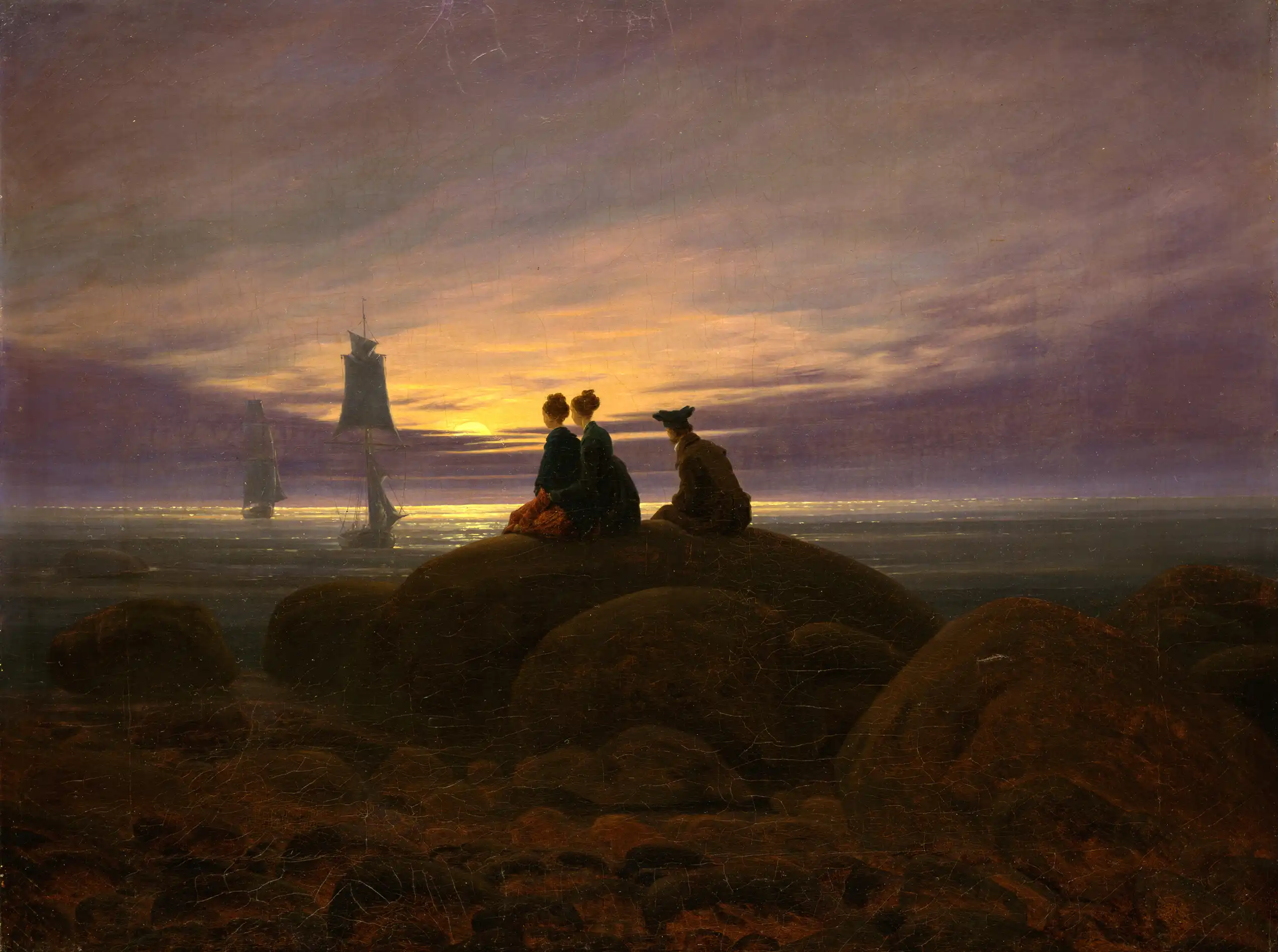Friedrich through the Lens of Modern Art The Solitary Tree



Couldn’t A exemplify the narrative details of Dutch painting, B the radicality of Color Field Painting, and C the lightness of Impressionism? “Could” –, in reality they are all equally modern! In fact, figures A, B, and C are from the same painting:

Friedrich’s The Solitary Tree was commissioned by the Berlin banker Joachim H.W. Wagener, who requested a pair of pictures on the theme of the Times of Day. Alluding to medieval panel painting, it is also referred to as a diptych.
Only a juxtaposition of the two pictures reveals their actual content: The Solitary Tree radiates the pristine freshness of an early morning, while Moonrise over the Sea is suffused with the solemn stillness of a day that is drawing to a close. In these pictures, the landscape becomes the bearer of (subjective) impressions and emotions.
During Friedrich’s lifetime, his approach – based on a Romantic theory of art – was radically modern. One potent influence was his friend, the artist Philipp Otto Runge. According to Runge, abstract concepts such as “God” or “freedom” could no longer be represented via clearly legible imagery – allegorical figures, for example. Instead, landscape painting – regarded up to that point as secondary – should be used to restore the unity of man with nature and convey subjective emotions.


Caspar David Friedrich was quickly forgotten after his death in 1840. But the turn of the 20th century saw significant change – in art generally, and in the public perception of Friedrich’s legacy. Emerging now was a radically new kind of art.
This new art sought to overcome the prevailing illustrative and illusionistic approach to painting while exploring different principles of color and form. Today, this new, modern art is broadly known as Modernism.
In this climate of artistic renewal, Friedrich was perceived as modern – although his art was nearly a century old
At that time, Friedrich was “rediscovered” – at the Jahrhundertausstellung deutscher Kunst (1775–1875) (German Centenary Exhibition) at the Nationalgalerie (National Gallery of Art) in Berlin. Although excluding contemporary art, the exhibition sought to explain, enhance, and popularize the art of the present moment – especially Impressionism – by tracing its origins and evolution in recent art history.